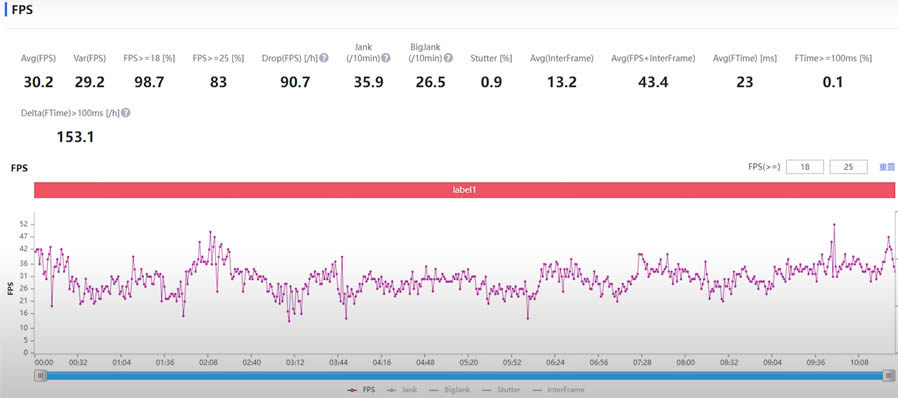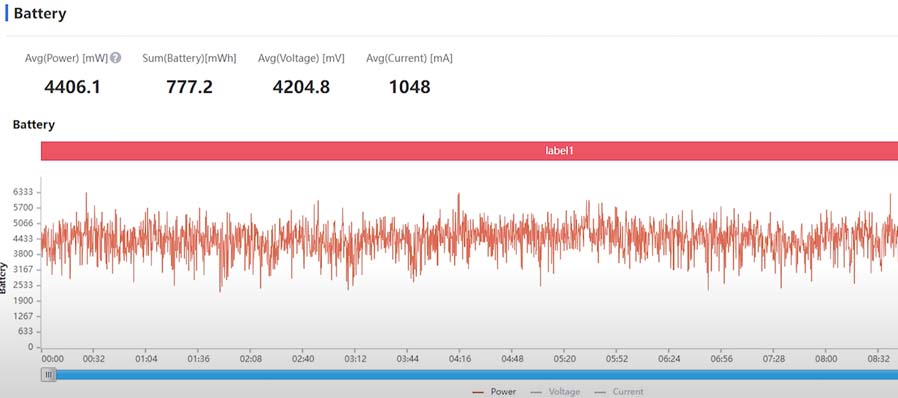
The performance gap between the Snapdragon and Exynos variants of past Samsung flagships is well documented. This year, however, fans were hopeful that Exynos 2200 would finally catch. However, Samsung has been tight-lipped about the Exynos 2200’s performance gains, and individual tests have revealed disappointing results versus the Snapdragon 8 Gen 1.
Snapdragon 8 Gen 1 vs Exynos 2200:
Specs Sheet
If you look at the specs sheet, Snapdragon 8 Gen 1 and Exynos 2200 have a lot of things in common. The two flagship processors are both based on Samsung’s 4nm process. They also make use of ARMv9 architecture with a 1+3+4 CPU arrangement. Both have Cortex-X2 (prime) at the heart, with Cortex-A710 (performance) and Cortex-A510 (efficiency) backing it up.
Samsung has not officially revealed the clock speeds of the CPU cores on the Exynos 2200. However, previous leaks have suggested it is using a lower-clocked prime core. This means there will be some difference in performance between the Exynos 2200 and Snapdragon 8 Gen 1.
But the biggest difference lies in the GPU. This year Samsung was supposed to move past Qualcomm’s Adreno GPU with the new RDNA 2-based Xclipse gaming. While Samsung has claimed console-like gaming performance with the Exynos 2200, there are no evidence to back it up.
- Also Read:
Real-life Gaming Test
As the Galaxy S22 series is finally making its way to users’ hands, we are finally getting some insight into Exynos 2200 real-life performance. However, things are not looking good for Samsung.
In a recent test conducted by Golden Reviewer, the Exynos variant of the S22 Ultra managed to secure an average frame rate of 30.2fps on Genshin Impact, with frames dropping as low as 16fps. In a similar test, Snapdragon 8 Gen 1-powered Motorola X30 had managed 448fps on average.
Another thing to note here is that the power consumption on the Exynos 2200 is constant at 4.4W average. On the other hand, the Snapdragon 8 Gen 1 drew 6.3W power even when throttling.
Conclusion
What we can conclude from this test is that Samsung has focused on creating a power-efficient chipset at the expense of peak performance. On the other hand, the Snapdragon 8 Gen 1 has a completely different approach.
In one of his videos, Mrwhosetheboss stated that Samsung is working on a big update that would “drastically improve performance” via software update. However, it will not be wrong to say the gaming performance of the RDNA 2-based Xclipse 920 GPU on the Exynos 2200 has been disappointing so far.
- Check out the complete test here.

















![Best Ultrabooks To Buy in Nepal 2024 [Updated] Best Ultrabook Laptops in Nepal 2023 - June Update](https://cdn.gadgetbytenepal.com/wp-content/uploads/2023/04/Best-Ultrabook-Laptops-in-Nepal-2023-June-Update.jpg)
![Best Gaming Laptops in Nepal 2024 [Updated] Best Gaming Laptops in Nepal 2023 - June Update](https://cdn.gadgetbytenepal.com/wp-content/uploads/2023/04/Best-Gaming-Laptops-in-Nepal-2023-June-Update.jpg)



![Best Mobile Phones Under Rs. 15,000 in Nepal [Updated] Best Phones Under 15000 in Nepal 2024 Budget Smartphones Cheap Affordable](https://cdn.gadgetbytenepal.com/wp-content/uploads/2024/03/Best-Phones-Under-15000-in-Nepal-2024.jpg)
![Best Mobile Phones Under Rs. 20,000 in Nepal [Updated] Best Mobile Phones Under NPR 20000 in Nepal 2023 Updated Samsung Xiaomi Redmi POCO Realme Narzo Benco](https://cdn.gadgetbytenepal.com/wp-content/uploads/2024/01/Best-Phones-Under-20000-in-Nepal-2024.jpg)
![Best Mobile Phones Under Rs. 30,000 in Nepal [Updated]](https://cdn.gadgetbytenepal.com/wp-content/uploads/2023/12/Best-Phones-Under-30000-in-Nepal-2024.jpg)
![Best Mobile Phones Under Rs. 40,000 in Nepal [Updated] Best Phones Under 40000 in Nepal 2024 Smartphones Mobile Midrange](https://cdn.gadgetbytenepal.com/wp-content/uploads/2024/02/Best-Phones-Under-40000-in-Nepal-2024.jpg)
![Best Mobile Phones Under Rs. 50,000 in Nepal [Updated] Best Phones Under 50000 in Nepal 2024 Smartphones Midrange](https://cdn.gadgetbytenepal.com/wp-content/uploads/2024/02/Best-Phones-Under-50000-in-Nepal-2024.jpg)
![Best Flagship Smartphones To Buy In Nepal [Updated] Best Smartphones in Nepal 2024 Flagship Premium Samsung Apple iPhone Xiaomi OnePlus Honor](https://cdn.gadgetbytenepal.com/wp-content/uploads/2023/09/Best-Smartphones-in-Nepal-2024.jpg)